Loosely based on the Charles Dickens’ classic novel, Great Expectations is a sensual tale of a young man’s unforgettable passage into manhood, and the three individuals who will undeniably change […]
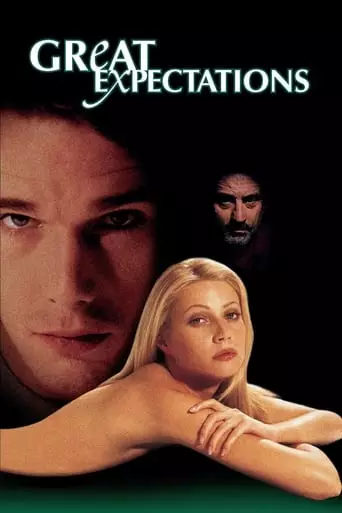
Loosely based on the Charles Dickens’ classic novel, Great Expectations is a sensual tale of a young man’s unforgettable passage into manhood, and the three individuals who will undeniably change […]
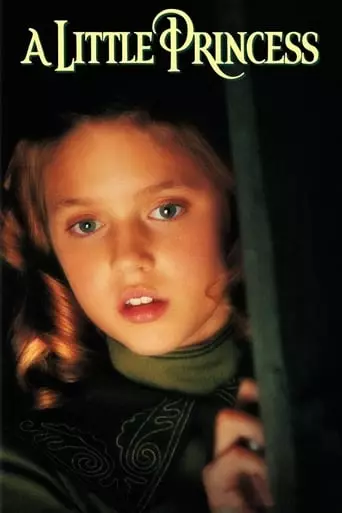
When her father enlists to fight for the British in WWI, young Sara Crewe goes to New York to attend the same boarding school her late mother attended. She soon […]
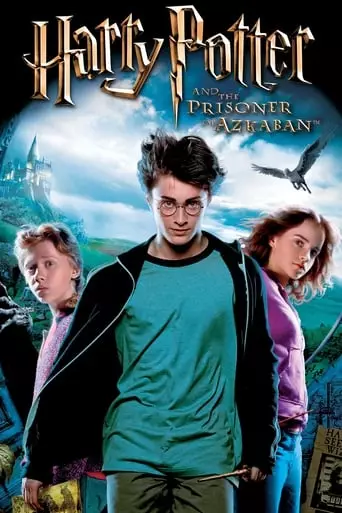
Year three at Hogwarts means new fun and challenges as Harry learns the delicate art of approaching a Hippogriff, transforming shape-shifting Boggarts into hilarity and even turning back time. But […]
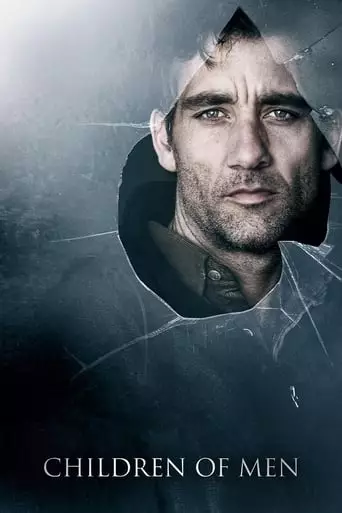
In 2027, in a chaotic world in which humans can no longer procreate, a former activist agrees to help transport a miraculously pregnant woman to a sanctuary at sea, where […]
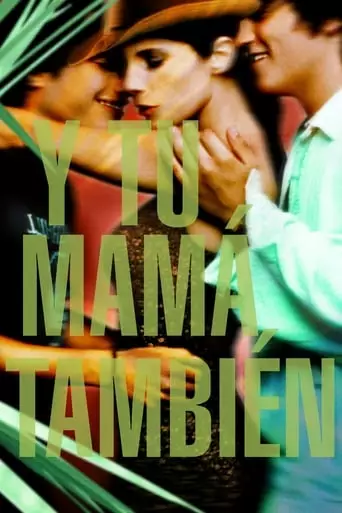
In Mexico, two teenage boys and an attractive older woman embark on a road trip and learn a thing or two about life, friendship, sex, and each other. Y Tu […]
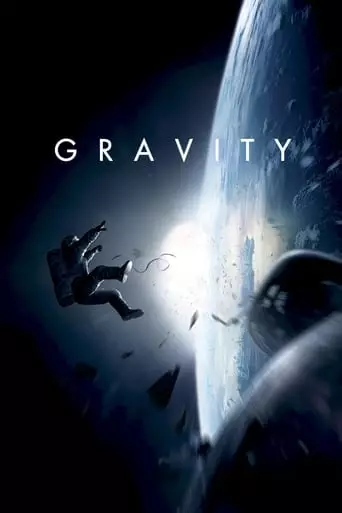
Dr. Ryan Stone, a brilliant medical engineer on her first Shuttle mission, with veteran astronaut Matt Kowalsky in command of his last flight before retiring. But on a seemingly routine […]
Alfonso Cuarón: A Master of Visual Storytelling and Emotional Depth
Alfonso Cuarón is one of the most acclaimed filmmakers of his generation, known for his groundbreaking use of cinematography, deeply human narratives, and versatility across genres. Born in Mexico City on November 28, 1961, Cuarón has become a global cinematic icon, crafting films that resonate with audiences and critics alike. His work spans intimate dramas, dystopian thrillers, and epic space adventures, all unified by his meticulous attention to detail and profound empathy for his characters.
Cuarón’s films, such as Y Tu Mamá También (2001), Children of Men (2006), Gravity (2013), and Roma (2018), have garnered numerous accolades, including multiple Academy Awards. His ability to balance technical innovation with emotional storytelling has cemented his place as a modern auteur.
Early Life and Career Beginnings
Alfonso Cuarón grew up in Mexico City, where he developed a passion for cinema from a young age. He studied philosophy at the National Autonomous University of Mexico (UNAM) and filmmaking at the Centro Universitario de Estudios Cinematográficos (CUEC).
Cuarón began his career working on television and as an assistant director for films in Mexico. His directorial debut, Sólo con tu pareja (1991), was a dark romantic comedy that gained critical attention and marked him as a rising talent in Mexican cinema. The film’s success led to opportunities in Hollywood, where Cuarón began directing English-language films.
Hollywood and International Success
A Little Princess (1995)
Cuarón’s first major Hollywood project, A Little Princess, was an adaptation of Frances Hodgson Burnett’s classic novel. The film received critical acclaim for its lush visuals and heartfelt storytelling, earning Oscar nominations for Best Cinematography and Art Direction.
Great Expectations (1998)
Cuarón followed up with Great Expectations, a modernized adaptation of Charles Dickens’s novel, starring Ethan Hawke and Gwyneth Paltrow. While the film received mixed reviews, it showcased Cuarón’s talent for creating visually striking and emotionally resonant worlds.
Breakthrough with Y Tu Mamá También (2001)
Cuarón returned to Mexico to direct Y Tu Mamá También, a coming-of-age road movie that became a critical and commercial sensation. Starring Gael García Bernal and Diego Luna, the film explores themes of friendship, sexuality, and social inequality, set against the backdrop of Mexico’s political and economic challenges.
The film’s raw, naturalistic style and deeply human storytelling earned it an Academy Award nomination for Best Original Screenplay, bringing Cuarón international recognition.
Revolutionizing Cinema with Harry Potter and Children of Men
Harry Potter and the Prisoner of Azkaban (2004)
Cuarón’s direction of Harry Potter and the Prisoner of Azkaban, the third installment in the beloved series, marked a turning point in his career. His darker, more mature vision redefined the tone of the franchise, emphasizing character development and visual artistry.
The film was a critical and commercial success, with many fans and critics praising it as one of the best entries in the series. Cuarón’s work on Harry Potter showcased his ability to balance blockbuster entertainment with artistic integrity.
Children of Men (2006)
Cuarón’s dystopian masterpiece, Children of Men, is widely regarded as one of the greatest films of the 21st century. Starring Clive Owen, the film is set in a bleak future where humanity faces extinction due to global infertility.
The film’s innovative cinematography, particularly its long, unbroken takes, and its powerful exploration of hope and resilience earned it critical acclaim and three Academy Award nominations.
Space and Humanity: Gravity (2013)
Cuarón achieved global acclaim with Gravity, a visually stunning space thriller starring Sandra Bullock and George Clooney. The film follows an astronaut’s struggle for survival after a catastrophic accident leaves her stranded in orbit.
Cuarón’s groundbreaking use of 3D technology and visual effects, combined with Emmanuel Lubezki’s breathtaking cinematography, created an immersive cinematic experience. Gravity won seven Academy Awards, including Best Director for Cuarón, making him the first Mexican filmmaker to win the prestigious honor.
A Personal Triumph: Roma (2018)
Cuarón returned to his roots with Roma, an intimate black-and-white drama inspired by his childhood in Mexico City. The film tells the story of Cleo, a domestic worker for a middle-class family, against the backdrop of political and social upheaval in 1970s Mexico.
Roma was celebrated for its meticulous attention to detail, emotional depth, and stunning cinematography, which Cuarón handled himself. The film won three Academy Awards, including Best Director, Best Cinematography, and Best International Feature Film, solidifying Cuarón’s status as one of cinema’s greatest visionaries.
Style and Themes
Alfonso Cuarón’s films are characterized by their visual innovation, emotional resonance, and exploration of universal themes. Key elements of his style include:
Long Takes: Cuarón frequently uses extended single shots to heighten tension and immerse viewers in the narrative.
Humanism: His films focus on deeply personal stories, often highlighting marginalized voices and universal struggles.
Visual Storytelling: From the desolate beauty of space in Gravity to the bustling streets of Mexico City in Roma, Cuarón’s films use visual imagery to convey complex emotions and ideas.
Social Commentary: Cuarón often addresses issues such as class, inequality, and political unrest, grounding his stories in real-world contexts.
Legacy and Influence
Alfonso Cuarón’s work has left an indelible mark on global cinema. As part of the “Three Amigos” of Mexican filmmakers, alongside Guillermo del Toro and Alejandro González Iñárritu, he has elevated Mexican cinema on the world stage.
Cuarón’s ability to balance technical mastery with profound storytelling has inspired countless filmmakers, and his films continue to captivate audiences with their beauty, humanity, and innovation.
Conclusion
Alfonso Cuarón is a filmmaker whose artistry transcends boundaries, crafting stories that are both deeply personal and universally resonant. With a career defined by innovation and emotional depth, he remains a towering figure in contemporary cinema, pushing the medium to new heights and reminding audiences of the power of storytelling.